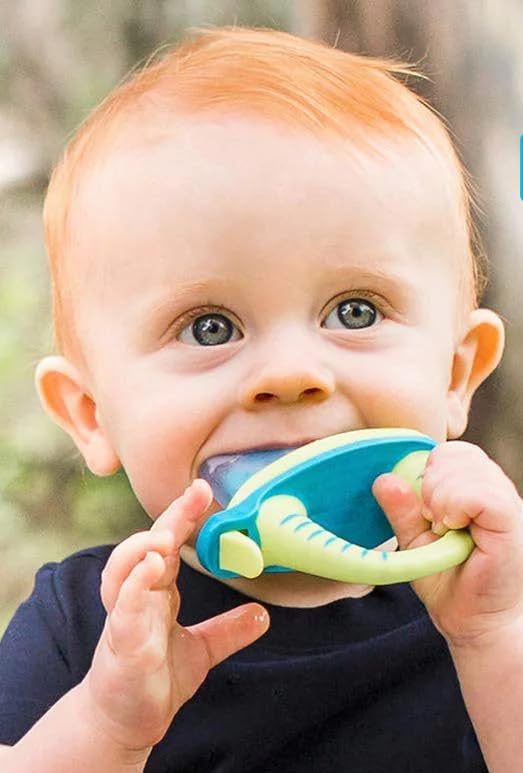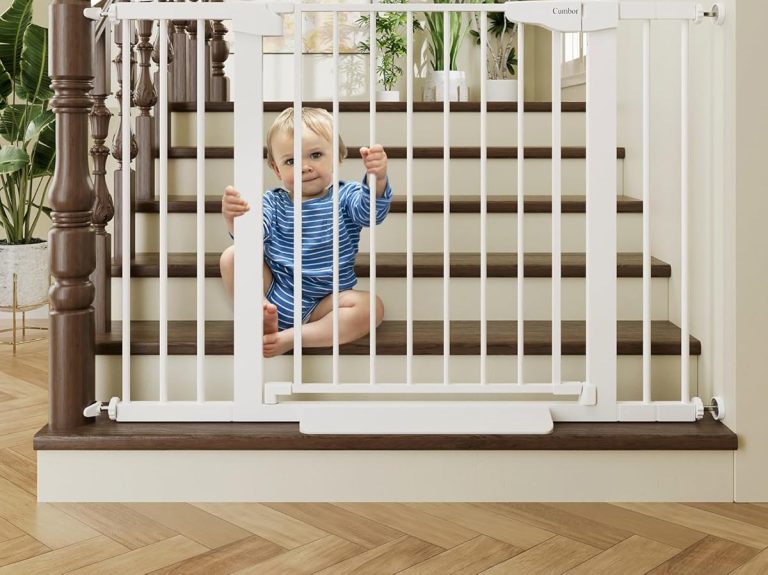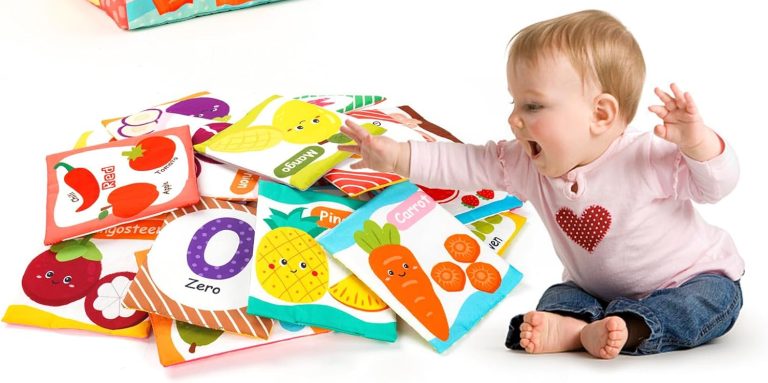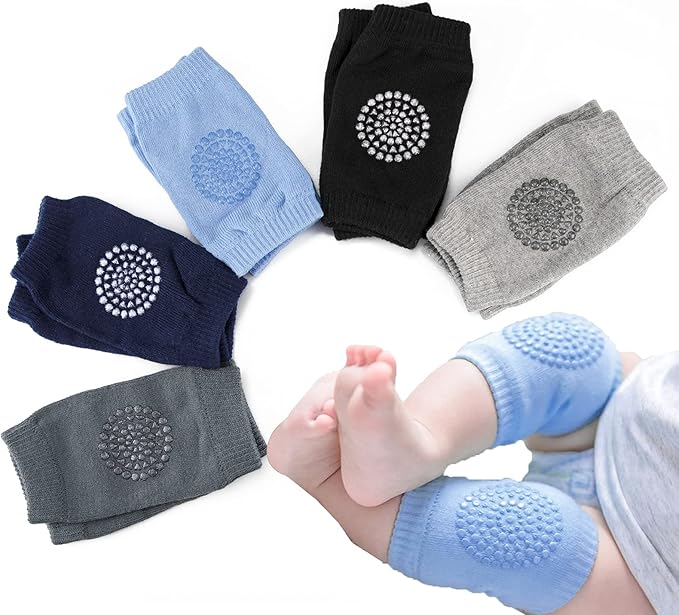When Do Kids Get Molars?
Introduction: The Mystery of Molars
Teething is one of the biggest challenges in early childhood — for both kids and parents. Those tiny first teeth, usually the incisors in the front, often arrive with plenty of drool, fussiness, and restless nights. But once those front teeth are in, many parents find themselves wondering: when do kids get molars?
Molars are the large, flat teeth located at the back of the mouth. Unlike incisors, which cut food, molars are designed for grinding and chewing. They play a critical role in helping children transition from soft purees to a wider variety of solid foods. However, because of their larger size and the amount of gum tissue they must push through, molar eruption can be more uncomfortable than the arrival of earlier teeth. This often leads to extra crankiness, disrupted sleep, and the need for soothing strategies.
The timing of molar eruption varies from child to child, but understanding the general teething timeline can help parents prepare. Knowing what symptoms to expect — and how to ease discomfort — makes the process a little less mysterious and a lot more manageable.
In this guide, we’ll walk you through:
When kids get molars (both baby and permanent)
The difference between first molars, second molars, and wisdom teeth
Common signs and symptoms of molar eruption
Practical tips for soothing discomfort
How to care for new molars to build lifelong oral health
By the end, you’ll feel more confident knowing what’s happening inside your child’s mouth — and how to support them through this important stage of development.
When Do Kids Get Molars? (Teething Timeline)
Parents often ask: when do kids get molars? The answer depends on whether we’re talking about the primary (baby) molars or the permanent molars that arrive later in childhood.
Children typically develop two sets of molars in their baby teeth before the permanent molars erupt. These molars play a vital role in chewing, grinding, and helping kids transition from soft foods to more complex textures. Here’s a closer look at the timeline:
1. First Molars (Toddler Molars)
Age Range: Typically erupt between 13–19 months for the upper molars and 14–18 months for the lower molars.
Order of Eruption: First molars usually arrive after the canines (eye teeth). Their arrival signals a new stage in the teething process, as they’re among the first “big teeth” that babies get.
Function: Unlike the sharp front incisors that cut into foods, first molars are broad and flat, designed for grinding and chewing. Once these molars emerge, toddlers can handle a much wider variety of solid foods — from pasta and rice to soft meats and steamed vegetables. This is a big step toward independence at mealtime and often makes feeding transitions smoother.
What Parents Notice: The eruption of first molars can be more uncomfortable than earlier teeth because of their larger size and the amount of gum tissue they must push through. Signs your toddler’s first molars are on the way include:
Extra drooling or saliva.
Swollen gums where the molars will appear.
Increased crankiness or fussiness.
A tendency to chew on toys, fingers, or household objects for relief.
Possible sleep disruptions due to discomfort.
💡 Parent Tip: Offering chilled (not frozen) teething toys, a clean wet washcloth to chew on, or extra comfort through cuddles can help ease the discomfort while your child’s first molars erupt.
2. Second Molars (Preschool Molars)
Age Range: The second set of baby molars typically erupt between 23–33 months for the upper molars and 25–33 months for the lower molars.
Order of Eruption: These are usually the last primary teeth to come in, which means once they appear, your child’s baby smile is complete.
Function: Second molars are large, flat teeth located at the very back of the mouth. They provide the extra grinding power needed for tougher foods, such as crunchy veggies, small pieces of meat, or more textured table foods. With both sets of molars in place, children can chew more efficiently, which supports healthy eating habits and proper digestion.
What Parents Notice: Because second molars are bigger and erupt later, their arrival can sometimes be more challenging. Common signs include:
Irritability or clinginess due to gum discomfort.
Biting or gnawing behavior, as kids seek relief from pressure.
Disrupted sleep patterns, especially during nighttime teething pain.
A visible urge to chew on toys, clothing, or even fingers.
Red or swollen gums at the very back of the mouth.
Milestone: By the time most children celebrate their third birthday, they will have a full set of 20 primary teeth, including 8 molars (four on the top and four on the bottom). This complete set of baby teeth supports proper chewing, speech development, and paves the way for the permanent teeth that will follow later.
💡 Parent Tip: A chilled teething ring, gentle gum massage with a clean finger, or age-appropriate teething snacks can provide relief. If your child seems unusually uncomfortable, consult your pediatrician or dentist for additional soothing options. Buy teether on Amazon
Signs Your Child Is Getting Molars
Because molars are larger and flatter teeth that push through a wider area of gum tissue, their eruption can be more uncomfortable than earlier teeth like incisors. Parents who are wondering “when do kids get molars” often also want to know how to recognize the signs. Here are the most common indicators that toddler molars are on their way:
Common Molar Teething Symptoms
When parents ask “when do kids get molars,” the next big concern is usually how to spot the signs that these larger teeth are on their way. Because molars are bigger and push through more gum tissue than earlier teeth, their eruption often causes stronger, more noticeable symptoms. Here are the most common signs to look out for:
1. Irritability and Fussiness
Your toddler may seem crankier, clingier, or more restless than usual. The soreness from molars breaking through the gums can affect their overall mood, making them more easily frustrated or harder to settle.
2. Increased Drooling
Just like with earlier teething stages, extra saliva is common. You may notice more wet bibs, drool-soaked shirts, or even mild skin irritation around the chin and cheeks from constant moisture.
3. Swollen, Red Gums
Check the very back of your child’s mouth — swelling, redness, or puffiness in the gums are strong indicators that molars are about to erupt. In some cases, you may even see the white edge of a tooth pushing through.
4. Chewing and Biting Behavior
Many toddlers instinctively chew on toys, clothing, fingers, or even crib rails to relieve the pressure. This is one of the clearest signals that molars are moving under the gums.
5. Sleep Disturbances
Teething pain often intensifies at night when there are fewer distractions. Your child may wake up more frequently, take shorter naps, or resist bedtime altogether during molar eruption.
6. Changes in Appetite
Molar teething can make chewing uncomfortable, leading some children to eat less or prefer soft, easy-to-swallow foods. Smooth textures like yogurt, mashed potatoes, or applesauce are often better tolerated during this stage.
Parent Note on Other Symptoms
Some children may also develop a mild fever or looser stools during teething. These are common but should be watched closely. If your child has a high fever, persistent diarrhea, or symptoms that seem unusual, it’s best to consult your pediatrician. These may not be directly related to teething.
💡 Quick Tip: Offering chilled (not frozen) teething toys, a silicone teether, or soft cold foods like applesauce or yogurt can help soothe sore gums and make your toddler more comfortable.
How to Soothe Molar Teething Pain
When parents ask “when do kids get molars,” it’s usually followed by another pressing question: “How can I help my child feel better?” Because molars are larger and push through more gum tissue, their eruption often causes more discomfort than the earlier front teeth. The good news is that there are many safe and effective ways to soothe your toddler’s sore gums and ease the transition.
1. Teething Toys & Chews
Rubber and silicone teething rings are classic tools for a reason — they give children something safe to bite down on, providing counter-pressure that helps relieve gum pain. As your child chews, the gentle resistance massages the gums and reduces soreness. Some teething toys are textured or shaped for easy gripping, making them especially helpful for toddlers dealing with molar eruption. Just make sure to choose BPA-free products and clean them regularly to keep them safe and hygienic. Buy on Amazon
2. Cold Compresses
Cold is one of the most effective natural pain relievers for teething. A clean washcloth chilled in the refrigerator can be offered for your child to chew on, giving both comfort and relief. Cold teething toys or chilled silicone rings also work well, as the cooling sensation numbs sore gums and reduces inflammation. Avoid freezing items, since extreme cold can hurt sensitive gums — gentle cooling is best.
3. Gum Massage
Sometimes, nothing works quite as well as a parent’s touch. Washing your hands thoroughly and gently rubbing your child’s gums with a clean finger can provide immediate comfort. The light pressure helps break up the tension in swollen tissue and distracts your child from the discomfort. This method works especially well before naps or bedtime, when teething pain can make it harder to settle down.
4. Safe Pain Relief
If your child seems unusually uncomfortable and natural remedies aren’t enough, speak with your pediatrician about pain-relief options. Over-the-counter medications like infant acetaminophen or ibuprofen may be recommended in certain cases. Always follow your doctor’s advice regarding dosage and frequency, and never use topical numbing gels or remedies that are not approved for infants and toddlers. Safety should always come first when addressing molar teething pain.
5. Soft, Soothing Foods
When chewing feels uncomfortable, soft foods can make eating easier while still providing essential nutrition. Options like yogurt, applesauce, oatmeal, mashed bananas, or even chilled fruit purees are gentle on sensitive gums. These foods not only keep your toddler nourished but can also provide additional comfort, especially when served slightly cool. Offering familiar favorites can also help maintain appetite during teething phases, when some kids may eat less than usual.
💡 Parent Tip: Teething pain often peaks in the evening or at night, when distractions are fewer and children feel discomfort more intensely. Keeping a few of these strategies ready — like a chilled teething toy or a soothing gum massage — can make bedtime routines smoother.
Baby Molars vs. Permanent Molars
When parents ask “when do kids get molars,” it’s helpful to distinguish between baby molars (also called primary molars) and the permanent molars that come later in childhood. Both sets play important roles, but at different stages of growth.
Baby Molars (Primary Teeth)
First Molars: These usually erupt between 13–19 months on the top and 14–18 months on the bottom. They help toddlers chew and manage a wider variety of solid foods, marking a big leap in independence.
Second Molars: Arriving later, between 23–33 months for the upper set and 25–33 months for the lower set, these complete the set of baby teeth. By this stage, your child has the chewing power to handle tougher textures and more diverse meals.
Total Count: By around age 3, most children have 20 primary teeth, including 8 molars (four on the top and four on the bottom). These baby molars are temporary, but they’re crucial for speech, chewing, and guiding permanent teeth into the right positions later on.
Permanent Molars
First Permanent Molars (6-Year Molars): These typically erupt around age 6 and are often the first adult teeth to appear. They emerge behind the baby molars, not as replacements. These molars are vital because they help shape the bite and align the rest of the permanent teeth.
Second Permanent Molars (12-Year Molars): As the name suggests, these usually come in around age 12. They provide additional chewing strength and complete the back of the dental arch during adolescence.
Third Molars (Wisdom Teeth): These final molars often appear much later, between ages 17–25, though not everyone develops them. In some cases, wisdom teeth may need to be removed if they cause crowding or alignment issues.
💡 Takeaway for Parents: Baby molars are essential for helping toddlers chew, speak, and smile with confidence during the early years. Permanent molars, on the other hand, lay the foundation for lifelong dental health. Teaching good brushing habits early — especially once molars erupt — is one of the best ways to protect both sets of teeth.
FAQs About Kids’ Molars
1. When do kids usually get their first molars?
Most children get their upper first molars between 13–19 months and their lower first molars between 14–18 months.
2. When do second molars come in?
Between 23–33 months, often completing the set of 20 baby teeth by age 3.
3. Do molars hurt more than other teeth?
Yes, molars can be more painful because they are larger and require more gum tissue to break through.
4. How many molars do kids have?
Children have 8 primary molars (4 upper, 4 lower) as part of their 20 baby teeth.
5. What if my toddler’s molars are late?
Some variation is normal. If your child has no molars by age 3, consult your pediatric dentist.
Tips for Healthy Molar Development
Brush Daily: Start brushing your toddler’s teeth twice a day with a soft-bristled brush and a smear of fluoride-free toothpaste.
First Dental Visit: The American Academy of Pediatrics recommends a first dental checkup by age 1.
Healthy Snacks: Limit sugary foods and drinks to prevent cavities, which often start in molars.
Fluoride Protection: Ask your pediatrician or dentist about fluoride supplements if your water supply doesn’t have fluoride.
Model Good Habits: Brush your teeth alongside your child — kids love to imitate.
Common Concerns for Parents
Swollen gums but no teeth: Sometimes the gums swell for weeks before the molars break through. Patience is key.
Night waking: Pain may cause your toddler to wake at night. Offer comfort and soothing strategies instead of starting new sleep habits.
Chewing on everything: This is normal! Provide safe teething toys instead of household items.
Drooling rashes: Extra drool can cause irritation around the mouth and chin. Keep skin dry and apply a gentle barrier cream if needed.
Conclusion: Making Molar Teething Easier
Molars are a major milestone in your child’s dental development. These large, flat teeth make it possible to chew and enjoy a full range of solid foods, while also preparing the way for the permanent teeth that will come later in childhood. Although the process can be uncomfortable, understanding when kids get molars, what signs to look for, and how to soothe molar teething pain can make the journey far smoother for both you and your little one.
By around age 3, most children will have a complete set of 20 primary teeth — including 8 molars. These baby molars may eventually fall out, but they are still incredibly important for chewing, speech development, and guiding the proper placement of permanent teeth. This makes good oral hygiene, regular brushing, and dental check-ups especially important from the start.
While teething can bring crankiness, sleepless nights, and sore gums, it’s also a reminder of your child’s growth and progress. With patience, comfort, and the right strategies, you can help ease their discomfort and celebrate each new tooth as it arrives. Before long, those hard-earned molars will be helping your little one bite into crunchy apples, chew family dinners with ease, and smile wide at birthday parties. Every child’s teething journey is unique. Some may get molars earlier, others later — and both are perfectly normal. What matters most is steady progress, lots of love, and a supportive approach to this exciting stage of development.




